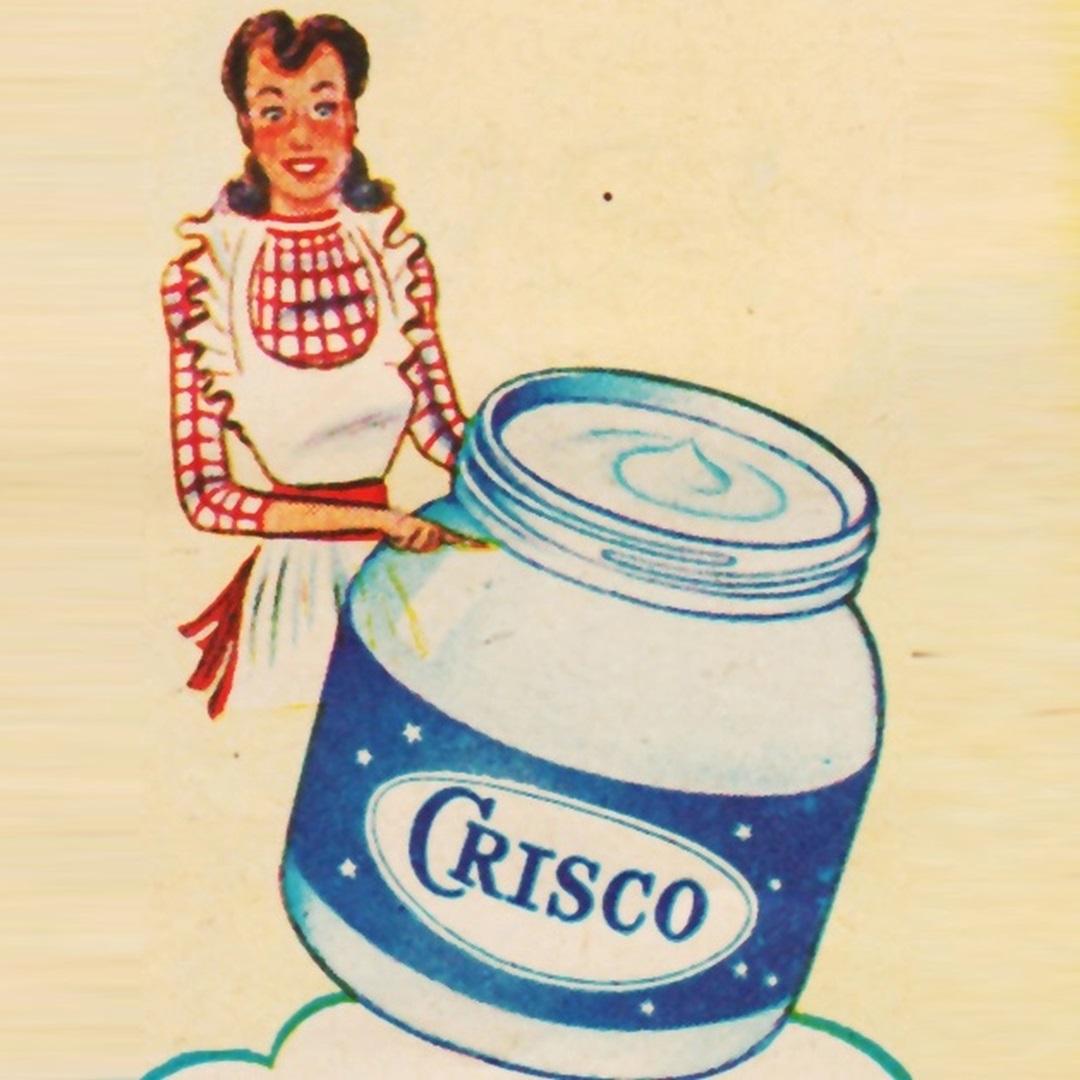by Stephen Luther, M.D.
Share

Linoleic Acid in Seed and Vegetable Oil Weighs Down Our Health
Before you say, “I eat healthy!” tune up your diet by checking for hidden adversaries, such as linoleic acid, that can silently compromise your well-being. This dietary enigma is an essential (meaning not processed by the body) omega-6 polyunsaturated fatty acid (PUFA). Linoleic acid lurks within vegetable and seed oils such as canola, sunflower, corn, soybean, safflower, and most nuts and seeds.
Intriguingly, linoleic acid presents a perplexing dual, with one end seen as a dietary cornerstone, while the opposite side links it to the following health-related issues:
- Cardiovascular Concerns: Abnormal levels of linoleic acid in red blood cells, blood platelets, blood vessel linings, and cholesterol can induce destructive effects on tissue and cells, elevating the risk of atherosclerosis (hardening of the arteries) and heart disease.
- Metabolic Syndrome: Obesity, high blood pressure, and insulin resistance often form together with high levels of linoleic acid and can lead to diabetes, heart disease, or stroke.
- Inflammation: An imbalance of omega-3 to omega-6 fatty acids reduces omega-3s’ anti-inflammatory capability. Chronic inflammation may lead to heart disease, arthritis, or other health issues.
- Auto-immune Disorders: Lupus and rheumatoid arthritis have been linked to an imbalance of omega-3 to omega-6 fatty acids.
- Weight Gain: Calorie-dense seed oils filled with high linoleic acid levels slow metabolism and encourage hibernation-like storage of adipose (fatty) tissues. Additionally, most of the fat occurring in arterial plaques is linoleic acid.
- Skin issues: Acne and eczema may result from overconsumption of linoleic acid.
- Oxidative stress: Linoleic acid is inherently unstable. This instability can produce an imbalance between free radicals and antioxidants in the body. Compared with animal fats, it can oxidize, or break down, more readily during manufacturing, storage, transportation, cooking, and in your body after you eat it.
- Bioaccumulates in Cellular Membranes: Excess linoleic acid bioaccumulates, or builds up, in cells over time since your body incorporates it directly into cellular membranes. This instability results in inflammation at the cellular level.
- Other health complications, such as neurological disorders, may be manifested from excess linoleic acid.
So, let’s unravel the mysteries of this seemingly technical fatty acid and unearth how healthy levels of linoleic acid can balance our wellness by exploring its fascinating history and creation process and identifying potential hazards.
The Greasy History of Industrial Seed Oil
in the 1800s, cottonseed oil primarily illuminated lanterns until the discovery of a superior fuel source in crude oil. This shift left cottonseed oil a meaningless waste product until 1870, when William Procter and James Gamble repurposed the inexpensive seed oil into a novel soap. Their innovative business extended to the chemical alteration of the inedible oil via hydrogenation and origination of Crisco – a long-lasting, tasteless, solid fat.
How did the strategic marketing behind Crisco sway the American public, convincing them to swap out traditional bacon grease for this newfangled shortening? In her book, “The Big Fat Surprise,” Nina Teicholz uncovers the scandalous $1.5 million donation from Procter & Gamble to the fledgling American Heart Association. Thanks to this generous infusion of funds from makers of Crisco, these cardiologists could expand nationally, and they were swift to endorse the industrialized waste product as a healthier alternative to traditional animal fats.
Between the 1930s and 50s, a slew of inexpensive vegetable oils, including soybean, canola, corn, and safflower, began to grace the grocery shelves with their labels boasting “heart healthy” claims. However, these endorsements were often based on biased, insufficient, and misleading research. Although Americans were not deficient in essential omega-6 fatty acids, its promotion of benefits superseded common sense and led to overconsumption. Over time, it has become increasingly evident that these chemically altered oils have adverse health consequences.
Creating Seed Oil: The Unnatural Process of Hydrogenation
The intricate process of transmuting seeds into oil highlights numerous potential health hazards. The seeds sourced from corn, cotton, safflower, soybean, or rapeseed plants undergo a series of refinement steps including:
- Subjecting the seeds to exceedingly high temperatures results in the oxidation of unsaturated fatty acids and the formation of harmful byproducts.
- Employing petroleum-based solvents such as hexane or similar solvents augments the extraction process for increased oil with decreased nutrition.
- Introducing chemical compounds to deodorize the pungent aroma inadvertently yields trans fats.
- Enhancing the oil’s color incorporates more unhealthy chemical additives.
Unraveling Linoleic Acid’s Benefits Tied With Risks
Omega-6 fatty acids are vital in forming cell membranes and are necessary for growth and maintenance. Our brain, skin, hair, and bones thrive on just a few grams of linoleic acid, an essential omega-6 PUFA. Our daily requirement of linoleic acid is 1% to 2% of our total calories, which is optimally found in a serving of whole foods, such as:
- A tablespoon of dried sunflower kernels, flaxseeds, or chia seeds
- A handful of pumpkin seeds
- Half-ounce of pecans or shelled pistachios
- Six ounces of cooked corn kernels
- Six ounces of roasted chicken thighs
- Turkey, beef, and eggs contain varying amounts based on the animal’s diet
Since the industrialization of vegetable and seed oils in the 1900s, devastative consumption levels of linoleic acid have been tipping the seesaw. Today, overconsumption of linoleic acid is the main culprit of many health problems, as it makes up approximately 6% to 10% of calories in most diets and is steadily increasing up to 20% of American’s total caloric intake.
Lower your intake of linoleic acid by avoiding:
- Packaged foods whose ingredients include hydrogenation or partial hydrogenation have linoleic acid. (Note: fat content less than .05% is not listed, making it vital to check the ingredients).
- Processed foods such as baked goods, chips, salad dressing, and crackers may contain linoleic acid to extend shelf life.
- Fast foods have linoleic acid in their menu items, and the seed oils’ excessive heating and reheating during cooking oxidizes and changes their chemical composition.
- Restaurant food cooked and prepared with seed oils, such as soybean oil, is often 55% linoleic acid.
Balance Your Daily Consumption of Linoleic Acid
Omega-6 fatty acids can overpower and deplete the anti-inflammatory benefits of omega-3 in your body’s tissue. Ideally, essential omega 6s and omega 3s should be a harmonious 1:1 ratio. However, modern diets have thrown this equilibrium out of balance with an estimated imbalance of 17:1.
To restore and maintain a healthy omega-3 to omega-6 ratio, consider incorporating the following into your diet:
- Omega-3 fatty acids from foods such as fatty fish (salmon and mackerel), flaxseeds, chia seeds, and walnuts possess valuable anti-inflammatory properties.
- Monosaturated fats in olive oil, avocados, and almonds let you reap fatty benefits without potential health risks.
Thankfully, there are effective ways to lower your stored tissue linoleic acid levels, with an oil change at the top of the list! Travel toward wellness by steering clear of seed oils, exercising, and calling to schedule a physical exam or nutritional coaching at 843.738.4800. Symbios can help you navigate your food choices with clarity and assurance while empowering wellness into your lifestyle so you can confidently declare that you eat healthy!





